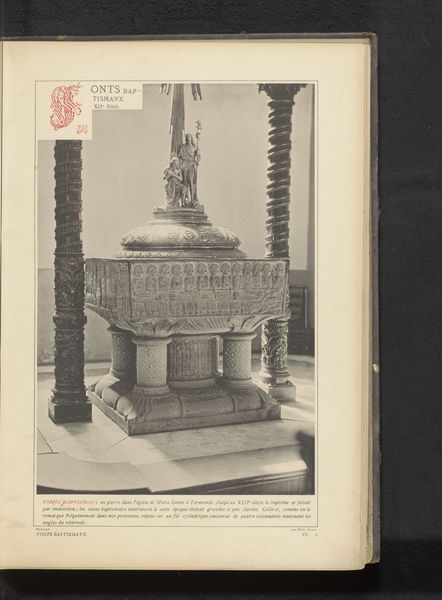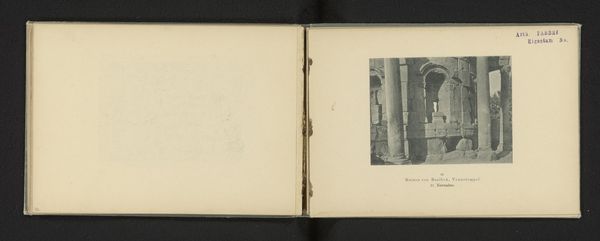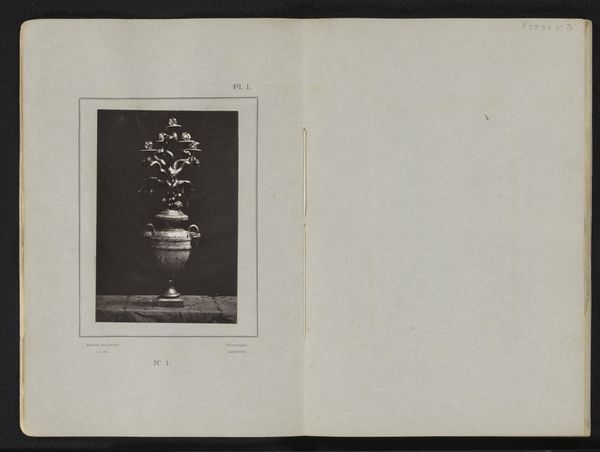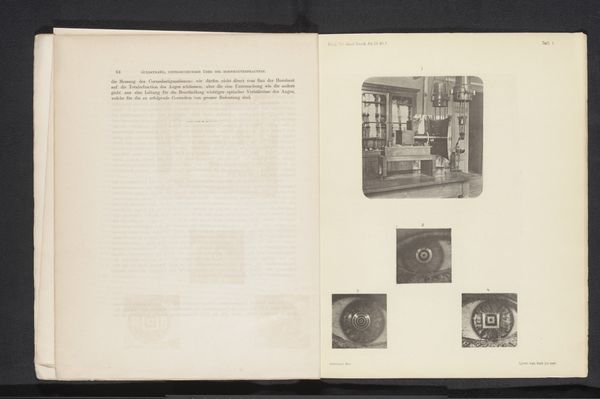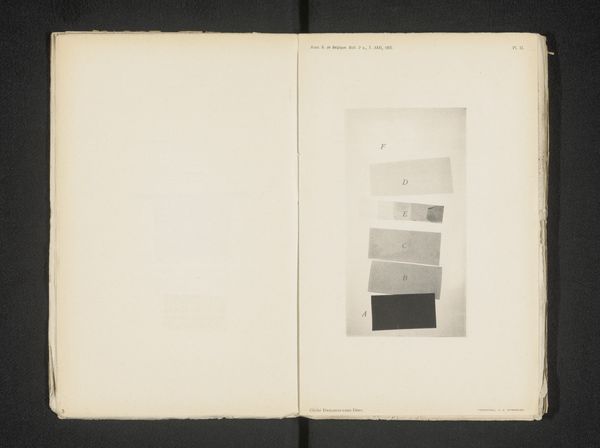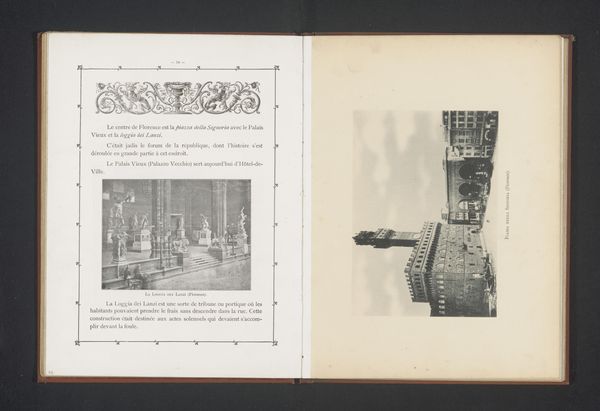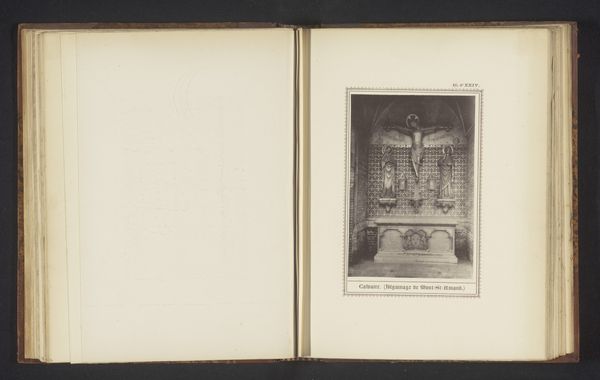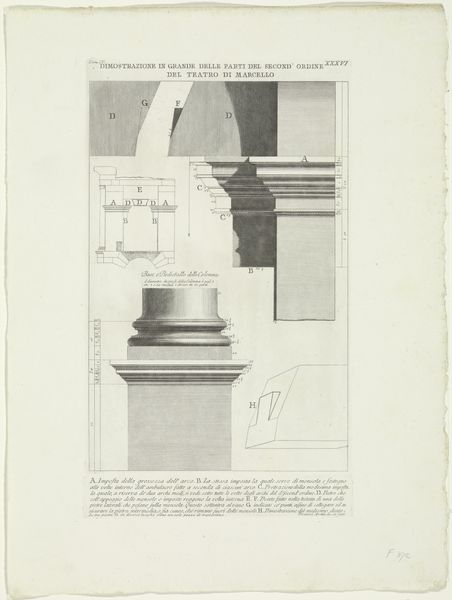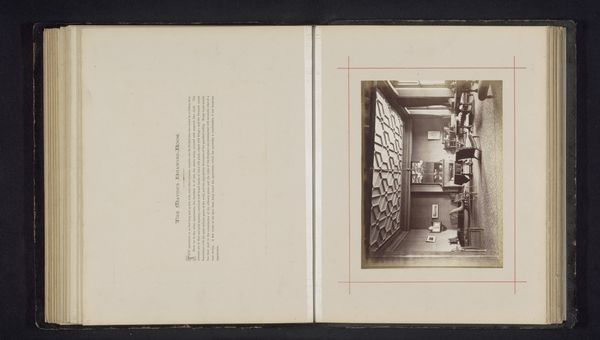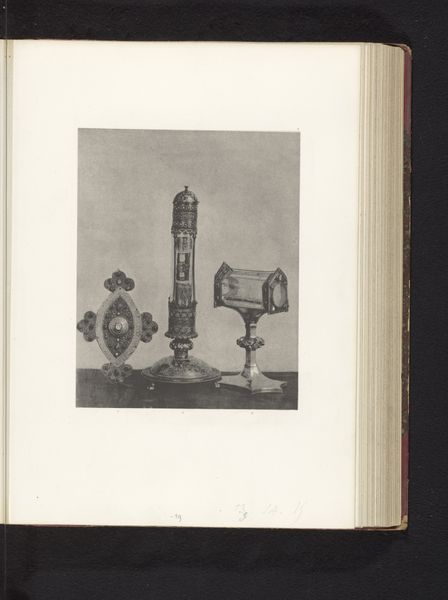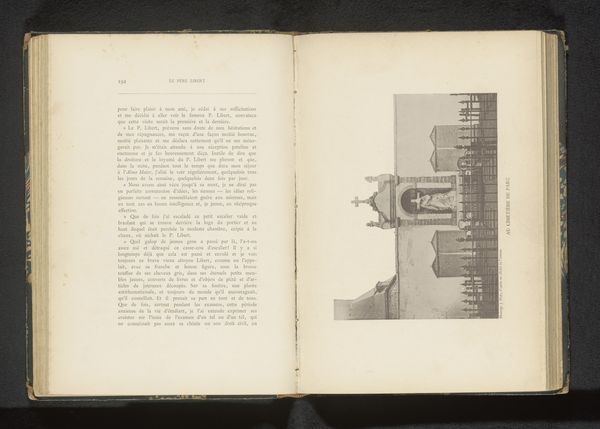
drawing, print, architecture
#
drawing
# print
#
architecture
Dimensions: height 244 mm, width 180 mm
Copyright: Rijks Museum: Open Domain
This is a photograph of a baptismal font, probably dating from the late 19th or early 20th century. It was made for the Church of the Holy Trinity in London. The font itself is marble. We can see the veining in the stone, and likely it was chosen for that very reason. Marble has always been prized as a material that combines natural beauty with permanence. Thinkers like John Ruskin promoted it as a superior material, honestly celebrating its geological origins. But marble can only be brought into architecture through intensive labor. Quarrying is dangerous, and transport difficult. Then, highly skilled stonecutters must shape the material, taking full advantage of its expressive potential. So, in a way, marble objects like this one speak to a whole chain of social relations. In its finished form, the material is a testament to both the skill of craftspeople, and the systems of production in which they operate. Considering its materiality, modes of production, and social context is key to understanding the full meaning of this work, and challenges distinctions between fine art and craft.
Comments
No comments
Be the first to comment and join the conversation on the ultimate creative platform.
